|

Malaysia
and Singapore used to be part of one British colony
called Malaya, but after independence,
Malaysia and Singapore became separate countries in 1965. Malaysia
divides into two halves, the Peninsular and the states of Sabah
and Sarawak, East Malaysia which are part of the island known as
Borneo.
Because
of its wealth of natural resources, Malaysia continues to be a major
exporter of primary goods like rubber, palm oil and timber but it
is also one of a group of fast developing countries known as 'Newly
Industrialised Countries' or NIC's. NIC's like Malaysia have managed
to develop their own manufacturing industries and now take a much
larger share in world trade.
Q.
How did Malaysia become a Newly Industrialised Country? Click
here
to find out more.
Employment
Structure (%)
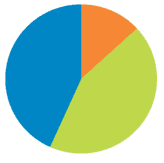 |
Malaysia |
|
| 13.2% |
Agriculture |
| 43.6% |
Industry |
| 43.4% |
Services |
Q.
How does this compare to the UK? Click
here to find out.
|
Population
Pyramid of Malaysia 2000
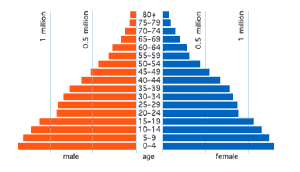
Click
for a larger image
|
| Click
here to reveal Malaysia's likely population structure
in 2025 and 2050.

Click
here
to reveal the UK's population structure in 2000.
|
|
|
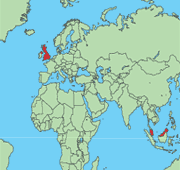
Click
for a larger image
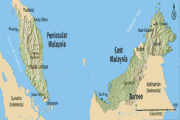
Click
for a larger image
Click on the photos for a larger
image.
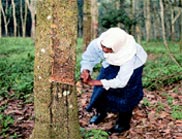 |
|
©
Jon Spaull/Panos Pictures
|
| Rubber
tapping is still one of Malaysia's important industries. Rubber
tree seeds were originally brought over from Brazil by the
British. |
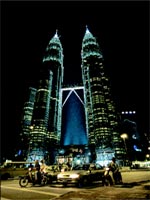 |
|
©
Paul Quayle/Panos Pictures
|
| At
450 metres high and with 88 storeys, the Petronas Twin Towers
in Kuala Lumpur is one of the world's tallest buildings. |
|

